How We Identify Whales
Although gray whales may all look the same at first glance, there are actually many unique features on each individual whale that help us tell whales apart.
These specific markings on each whale are precisely why we spend so much time taking photographs of the whales we encounter. Every little mark can help us identify individuals across days, months, and even years! Much of our research depends on linking the data we collect about whale health, behavior, and habitat use to the individual whale, so it is very important we conduct our photo-identification analysis accurately.
Knuckles
The knuckles are a series of small bumps that occur behind the dorsal hump, along the ridge of the whale’s back. There can be anywhere between 6-12 knuckles and they can appear almost non-existent on some whales, or be extremely pointed and protruding on other individuals.
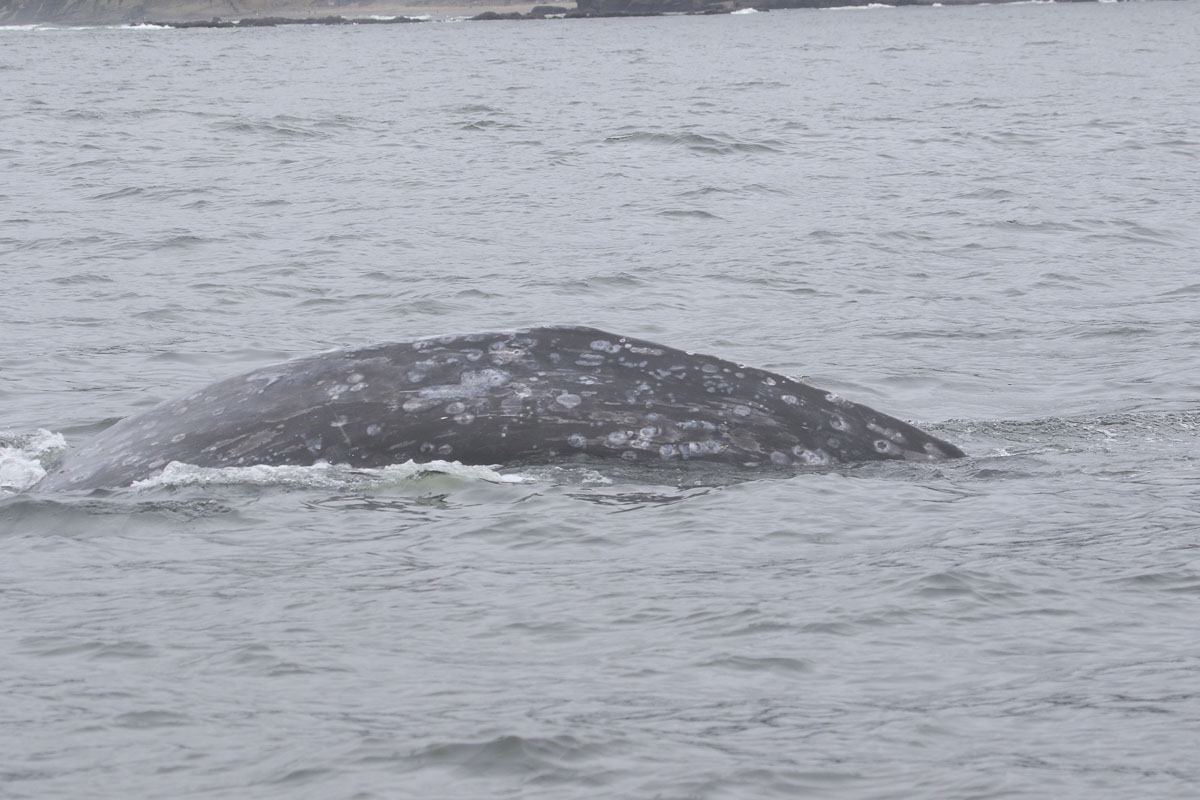
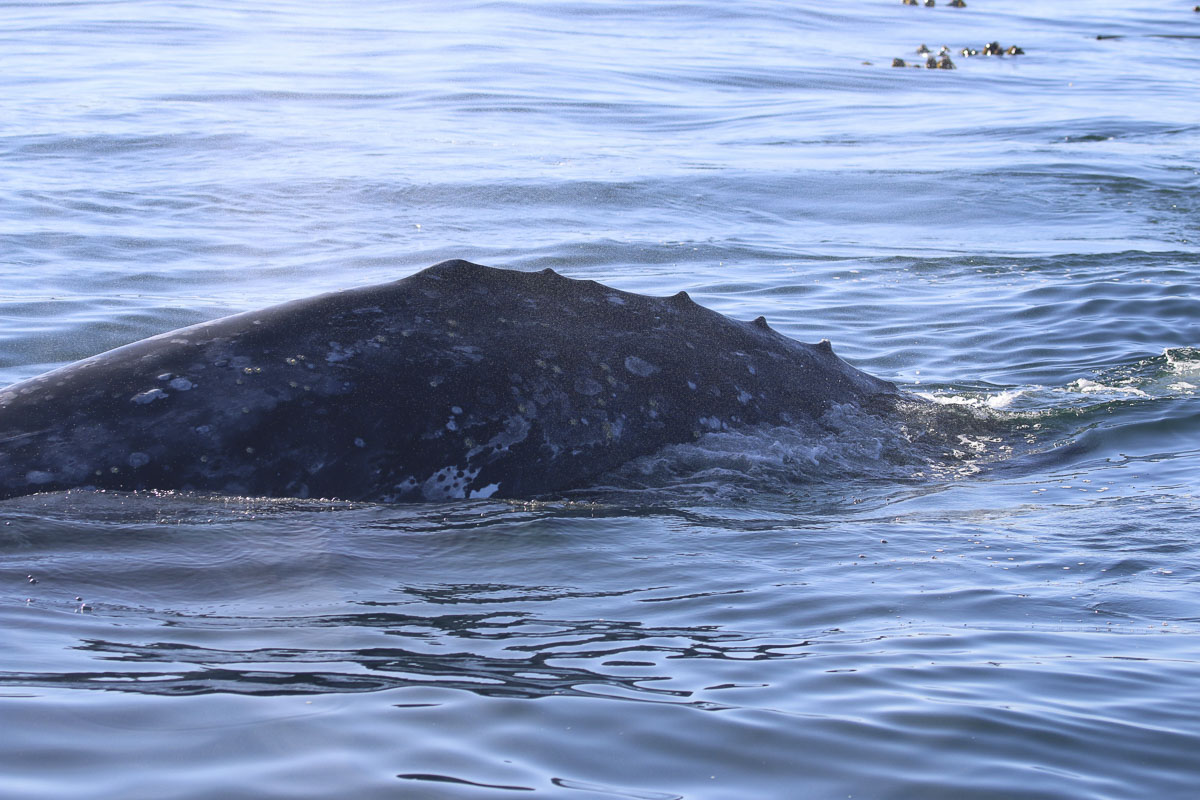
Dorsal Humps
Gray whales do not have prominent dorsal fins like most other baleen whales. Instead, they have what is called a dorsal hump. The shape and size of the dorsal hump can vary a lot between individuals.
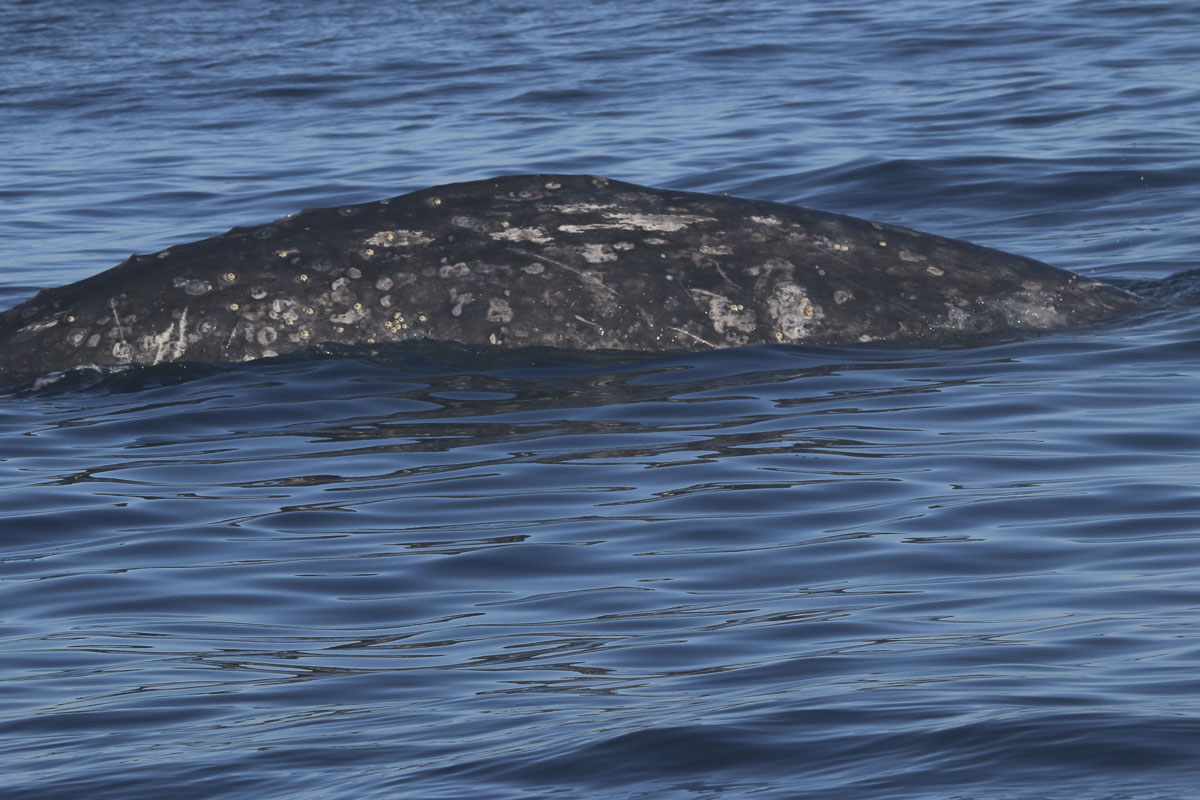
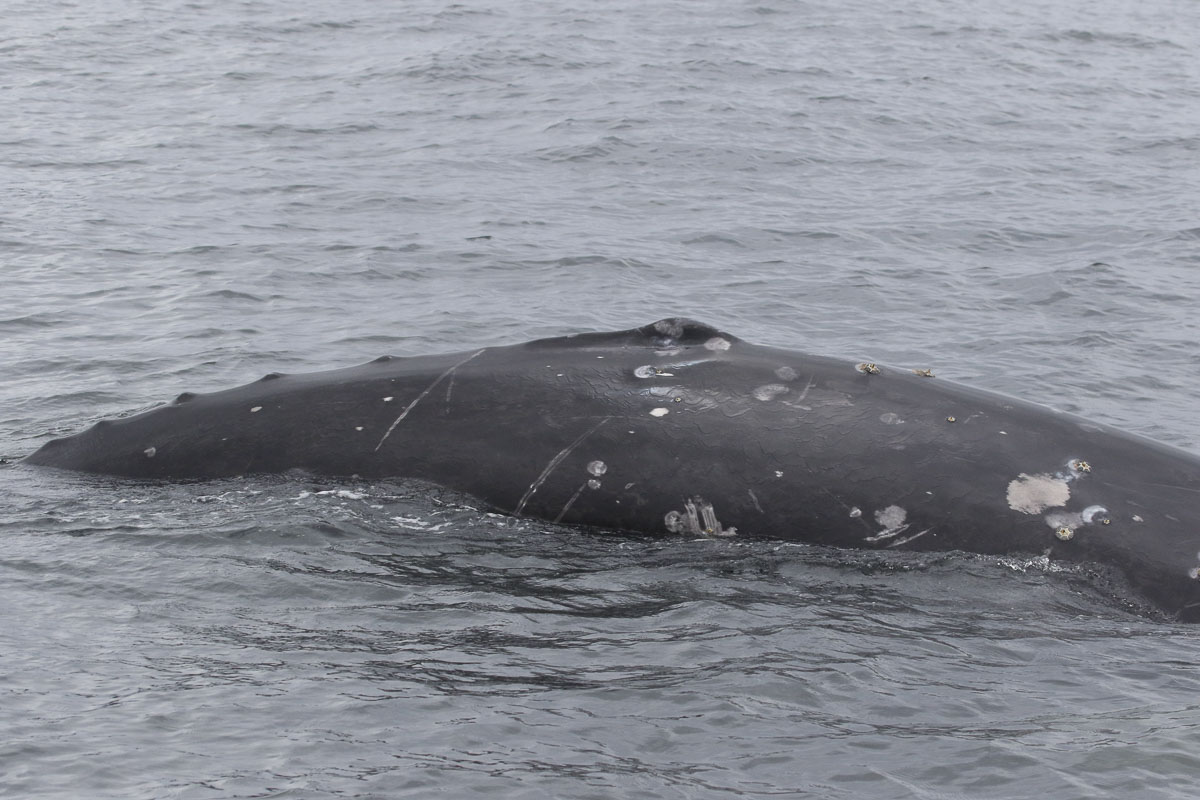
Scars
It always makes us sad to see a whale that has a scar on its body, especially if it is fresh and looks deep. However, scars do help us during photo identification work since they tend to be long-term or permanent markings that are easily visible. Scars can come from many different sources, such as human-related injuries like from a boat propeller or fishing gear entanglement, but they can also be due to natural causes, such as tooth rake marks from a killer whale attack.
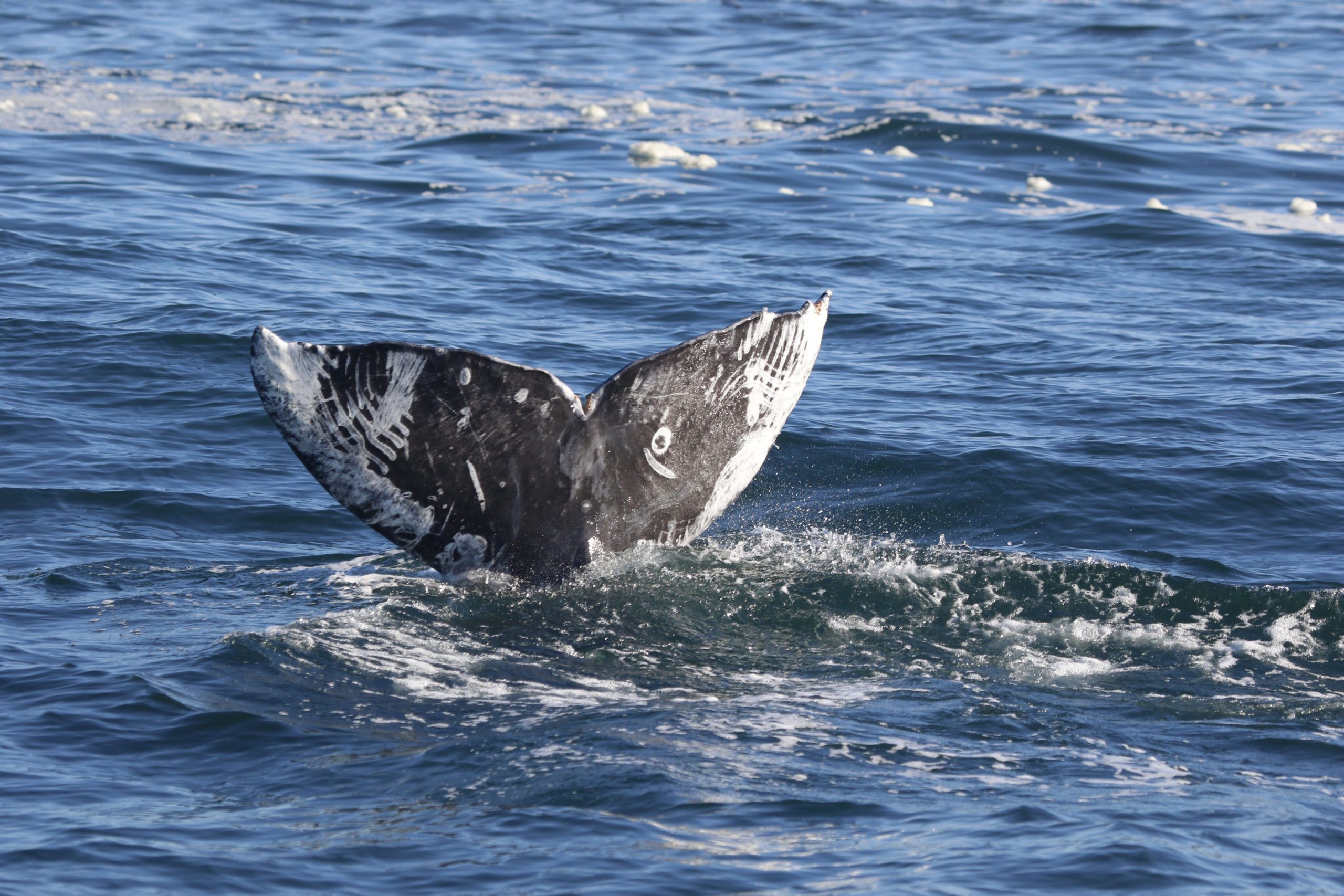
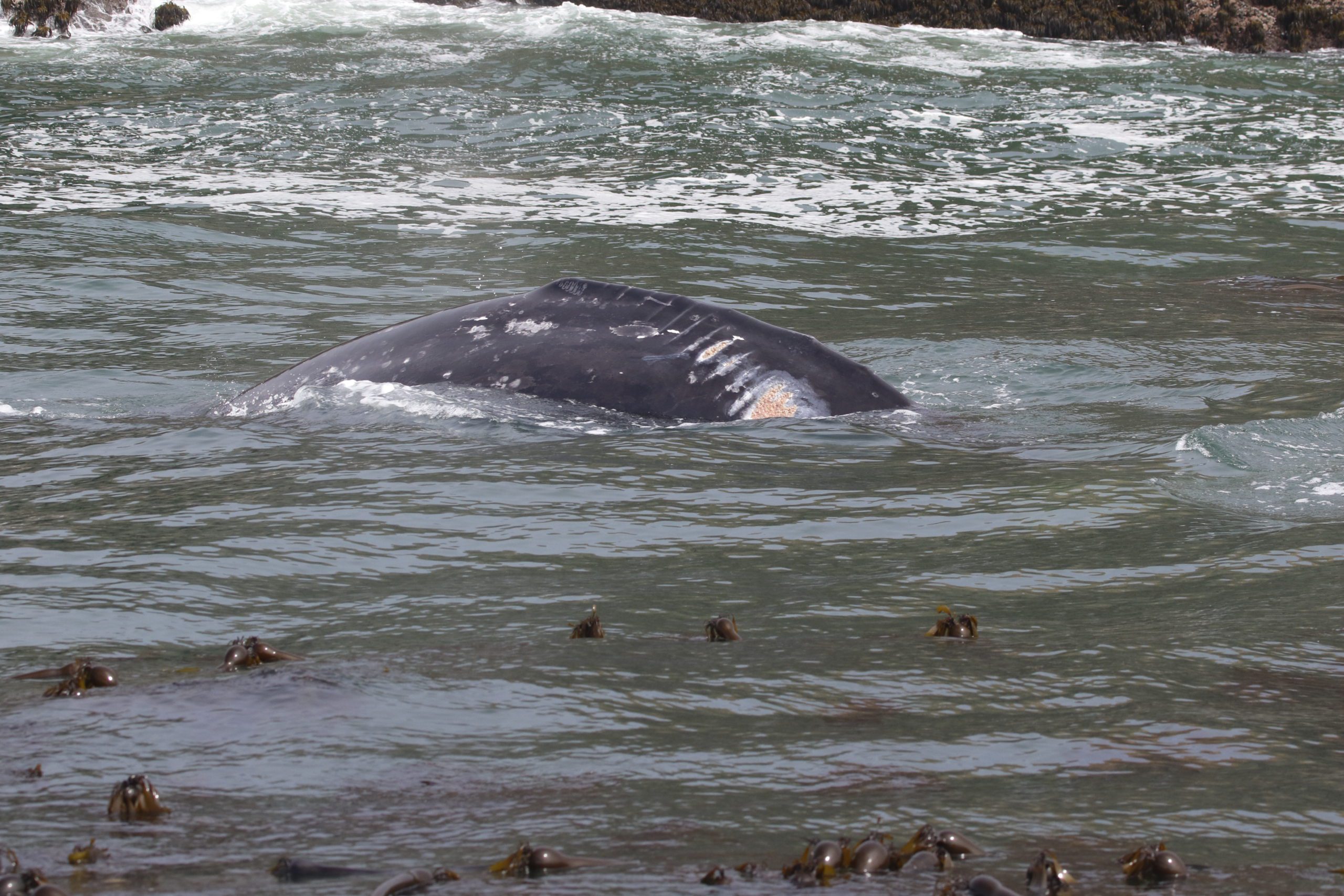
Pigmentation
While differences in the dorsal hump and knuckle shapes and sizes can help narrow down the search for the right individual, gray whale photo identification work really comes down to their unique pigmentation. These pigmentation patterns can be due to natural markings and scars from barnacle growth and cyamid colonies. The markings can be highly variable in brightness and shape and size, varying from a bright white dot with crisp edges to a more ambiguous, translucent splotch.
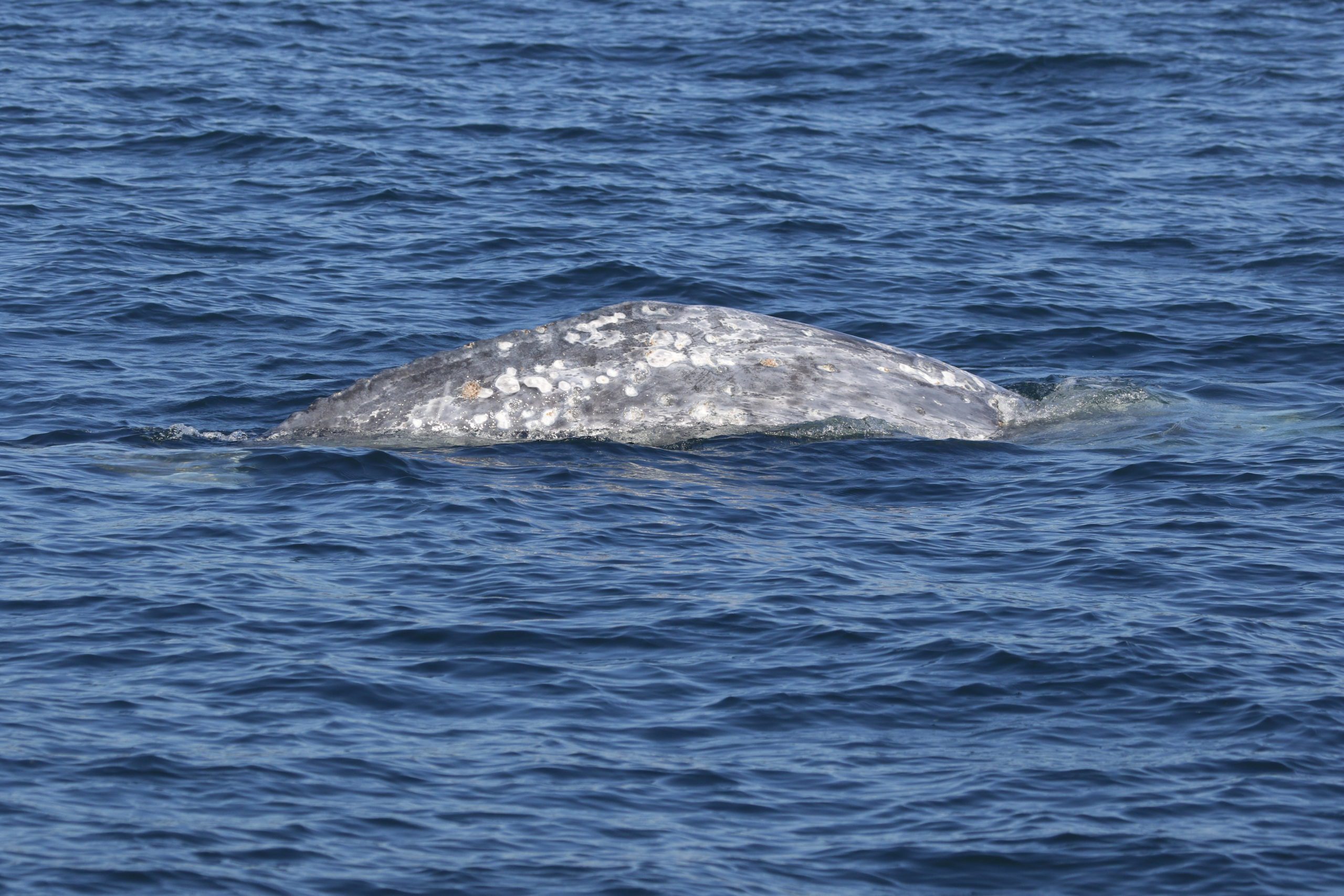
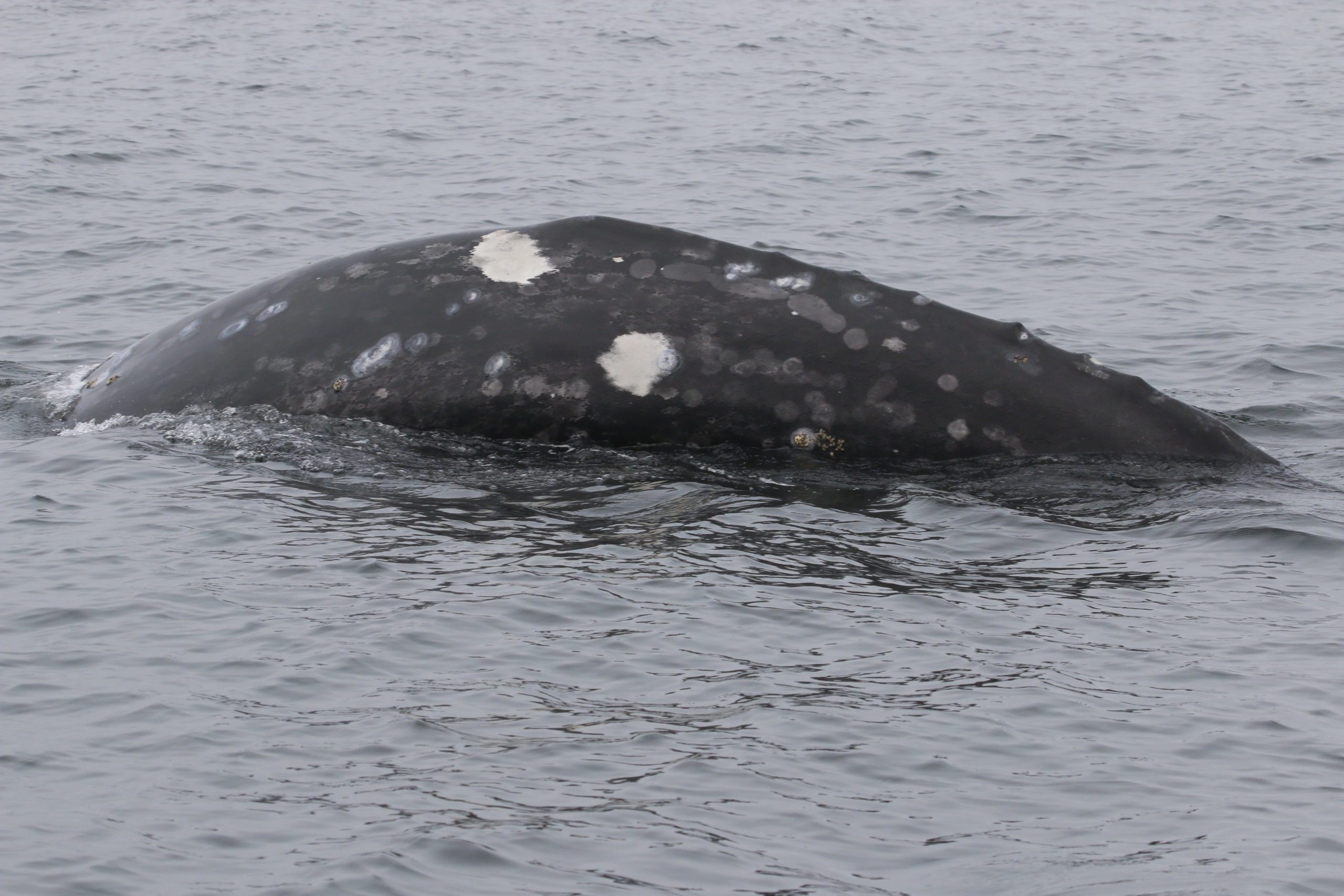
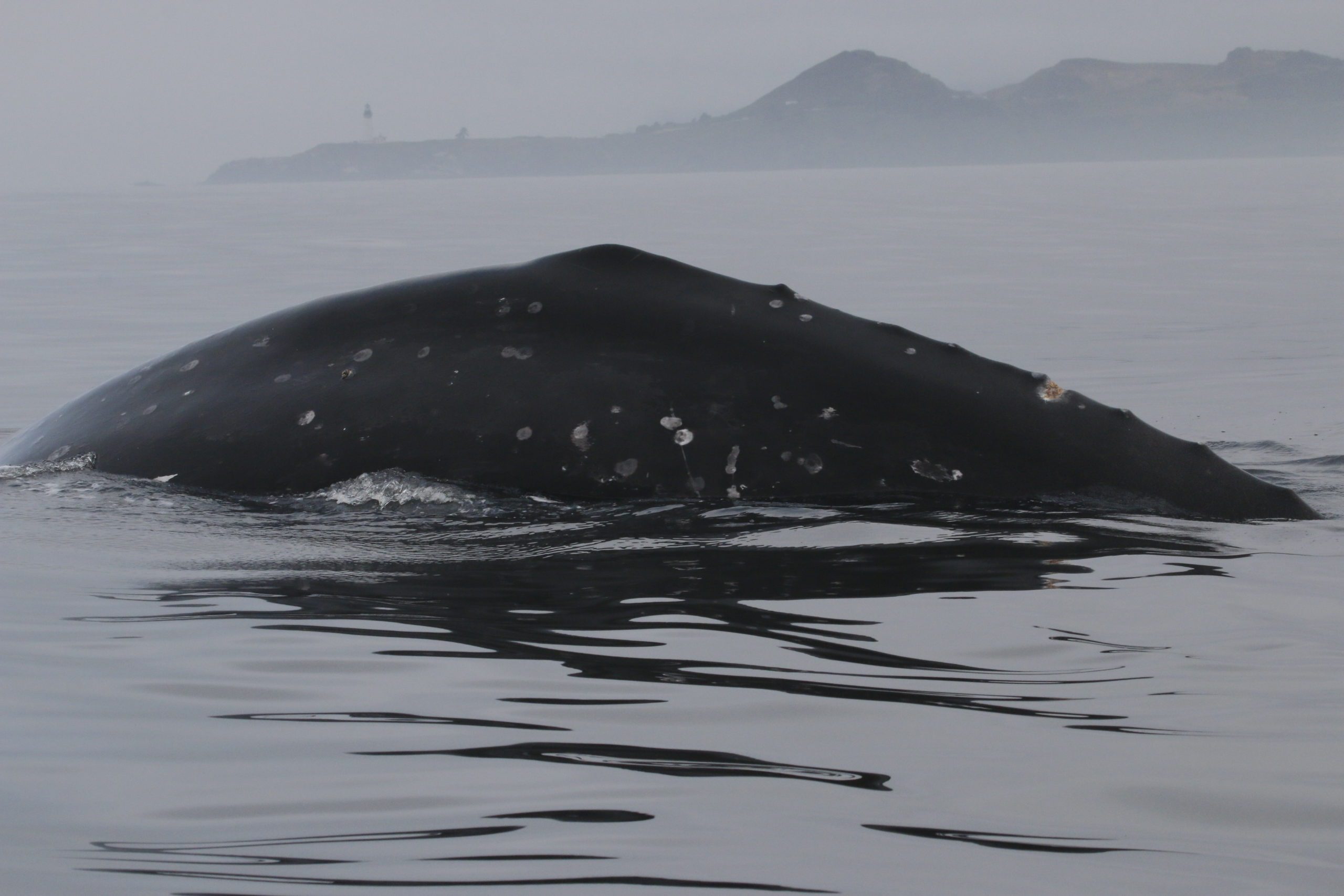
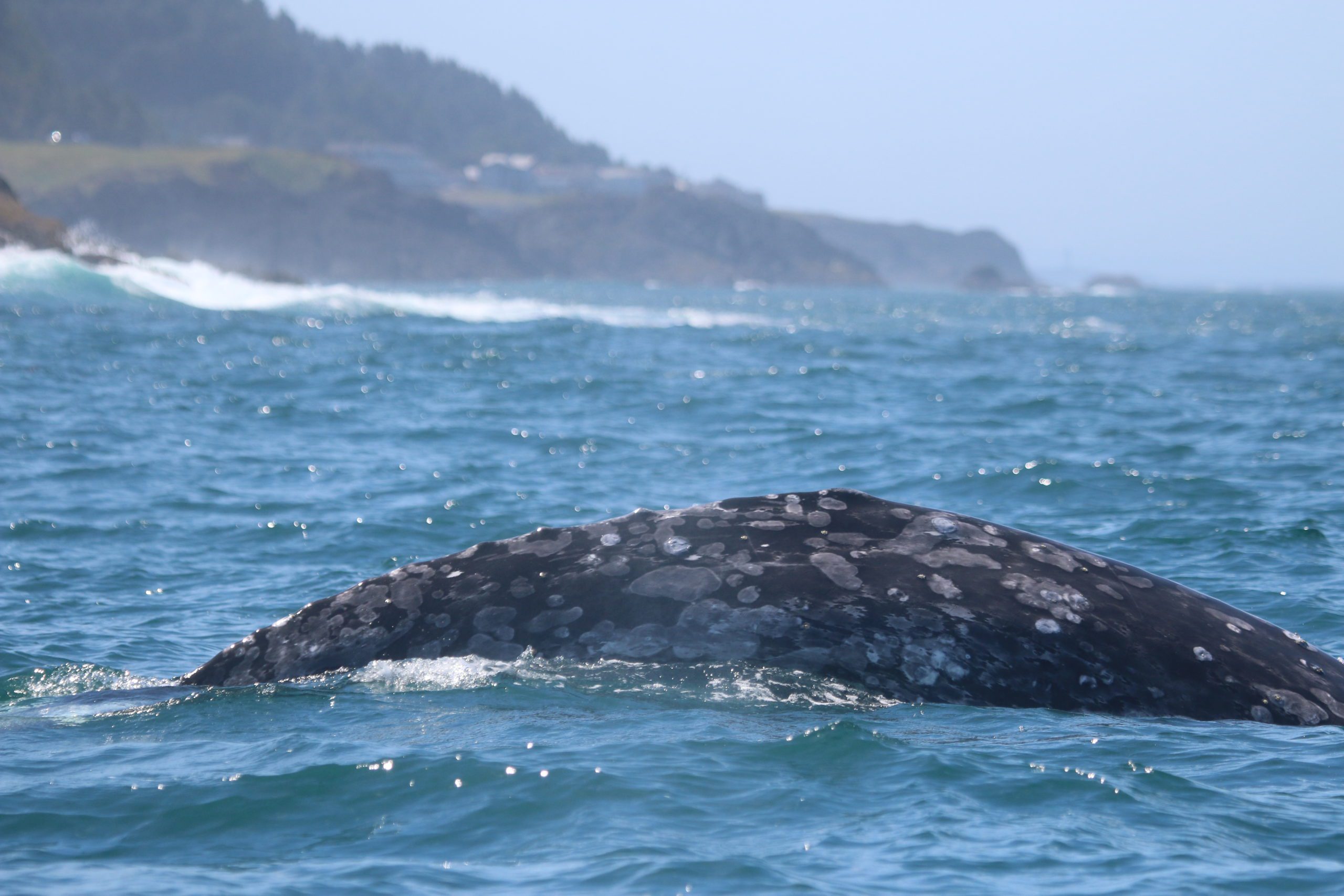
Ready to test your whale matching skills?
See if you can take what you’ve learned and identify these whales!
